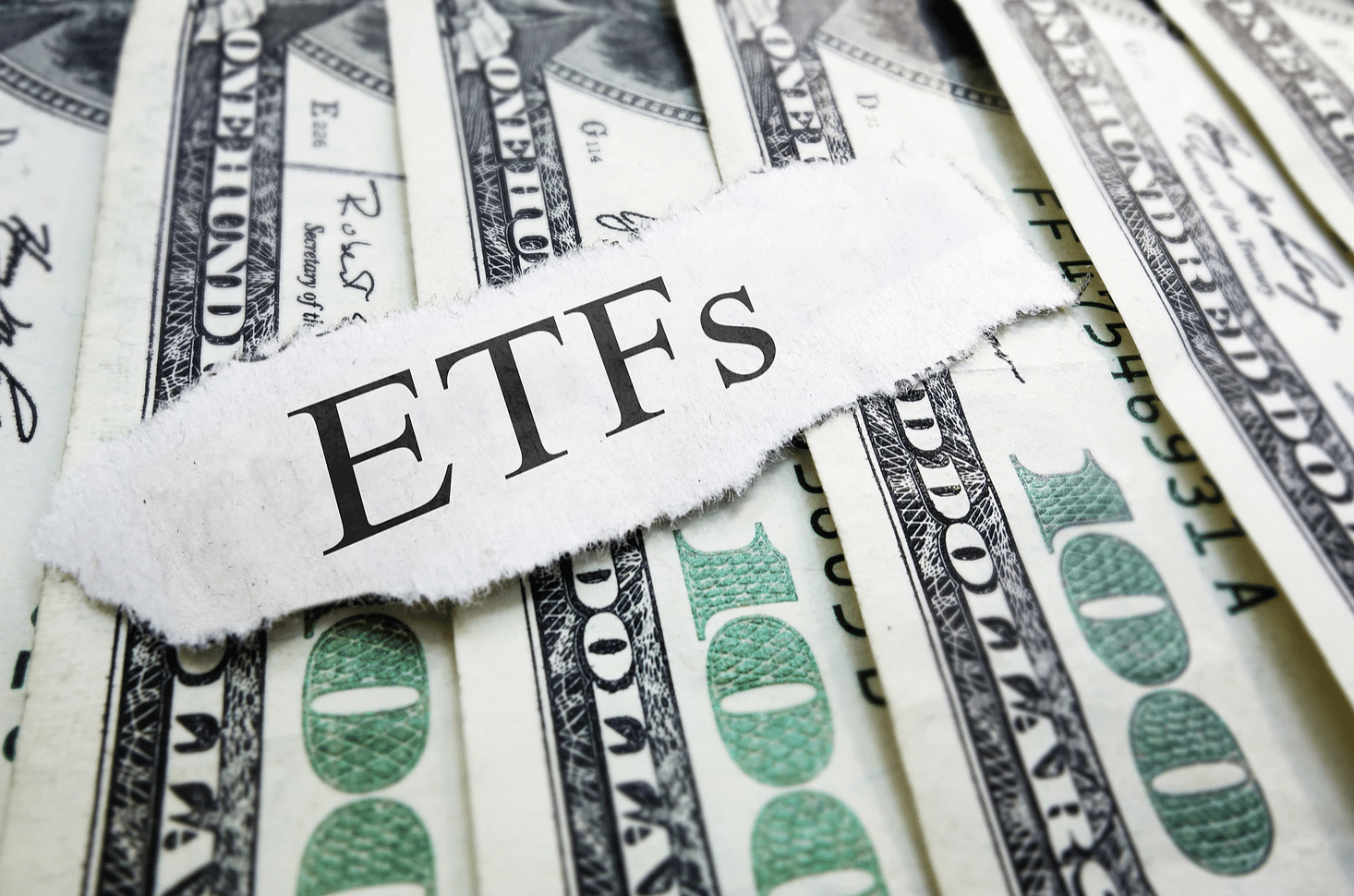Mutual funds and exchange-traded funds are two commonly used investment vehicles. Hopefully we were able to answer many of your questions about mutual funds in last week’s blog post and you’re now ready to further your knowledge about exchange-traded funds, or ETFs.
ETFs 101
What is an Exchange-Traded Fund?
An exchange-traded fund or ETF is a passive investment vehicle comprised of a basket of securities that track a specific index.
How does an ETF trade?
As its name implies, an ETF trades on an exchange like a stock. Therefore, an investor can obtain intraday price information and buy and sell shares in an ETF throughout the day. The trade happens right away, unlike a mutual fund, which trades at the end of the day after the market closes.
How is an ETF priced?
Because an ETF trades on the stock exchanges, its price is determined by the market activity or buying and selling that occurs throughout the trading day. Like a mutual fund, an ETF also has a Net Asset Value (NAV), which is calculated as the market value of its underlying securities divided by the number of shares outstanding. Because of these two pricing components, you may see an ETF that trades either at a premium or discount to its NAV. An ETF provider will attempt to issue new shares or redeem existing shares to keep the ETF priced as closely in line with the NAV as possible. Larger ETFs and those that trade with greater volume have a better capability to do this. Therefore, these are two important attributes to evaluate when considering the purchase of an ETF.
ETF Expenses
ETFs typically cost less than some other investment types. The expenses involved with investing in ETFs include operating expenses, which represent the management and investment costs of the ETF, and commissions, which is what you pay to buy or sell an ETF. Because an ETF is a passive investment vehicle, meaning there is not a lot of rebalancing that occurs within the ETF to recreate the index an ETF is tracking, its operating expenses are typically very low, as are the commissions.
Types of ETFs
US Market ETFs: Designed to track a US stock-oriented index such as the S&P 500 or Russell 2000.
International ETFs: Track an international stock index and provides exposure to broad markets, such as Developed and Emerging markets or can take a more specific approach, tracking the index of a specific country or region.
Bond ETFs: Can provide exposure to a diversified bond index or to specific types of bonds including US Treasury, Corporate, Agency, Municipal, and High Yield bonds.
Sector/Industry ETFs: Invest in stocks in a particular sector, such as healthcare, financial, and consumer goods, and can also be more specific, investing in certain industries within various sectors. Examples include pharmaceutical and bank stocks.
Commodity ETFs: Track the price of a specific commodity, such as gold, oil, or corn or a diversified basket of commodities.
Inverse ETFs: Designed to increase in value when a specific index declines.
Market-Cap Weighted vs. Smart Beta ETFs
One of the most common methods that an ETF will utilize to construct an index is using a market-cap weighted approach, in which the largest companies within in an index will have the most significant weighting in the ETF.
Smart Beta ETFs offer many of the same benefits of passive strategies, but also take into consideration other factors and set criteria to choose the companies to hold as well as their weightings within the ETF. Examples of Smart Beta ETF strategies include:
Low Volatility: Focuses on the selection of stocks that display a low amount of price fluctuations over a specific period.
Equally Weighted: Instead of providing the most exposure within the ETF to the largest market cap companies, each company within the index receives equal exposure.
Fundamentally Weighted: The companies within the index are chosen and weighted by a number of fundamentally driven factors such as profitability, earnings growth and operating cash flow.
Advantages and Disadvantages of ETFs
As we reviewed last week with mutual funds, there are both advantages and disadvantages associated with ETF investing. Like mutual funds, ETFs offer a low cost of entry and they provide portfolio diversification. Other advantages of ETFs are their low cost (operating expenses and commissions), the fact that you can buy and sell them throughout the trading day, and that they tend to be more tax efficient than some other investment vehicles. Disadvantages include the lack of liquidity present in some of the smaller ETFs, although the goal of an ETF is to perform in line with an index -sometimes this is not perfect and there may be a discrepancy between ETF and index performance (this is called tracking difference), and there may be times that you pay a premium to hold an ETF, meaning the price of the fund can be more than the value of the underlying investments.

